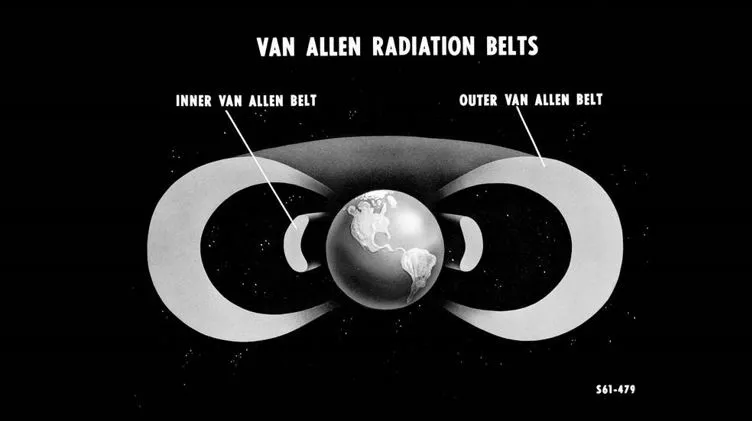

11th September 2024 (9 Topics)
Context
SpaceX's Polaris Dawn mission launched successfully, carrying four private citizens on a five-day journey that includes the first spacewalk by an all-civilian crew.
About
- The mission aims to reach an orbital altitude of 870 miles above Earth, which is more than three times higher than the International Space Station (ISS) and the highest humans have reached since the final Apollo moon mission in 1972.
- Spacecraft: The crew is traveling aboard a Crew Dragon capsule launched by a Falcon 9 rocket.
- Mission Goals: The mission will test new spacesuits and technologies that could facilitate future long-duration missions to the Moon and Mars, potentially revolutionizing space exploration.
- The Crew Dragon capsule's orbit will pass through the inner regions of the Van Allen radiation belts, allowing scientists to study the effects of space radiation on both the astronauts and the spacecraft.
- Findings from this mission could help SpaceX plan future missions to the Moon and Mars, where astronauts will encounter similar radiation challenges as they navigate through the Van Allen belts.
- The mission marks a historic event as it represents the first spacewalk by a crew of entirely non-government astronauts.
Fact Box: About Van Allen Radiation Belt
|
More Articles




